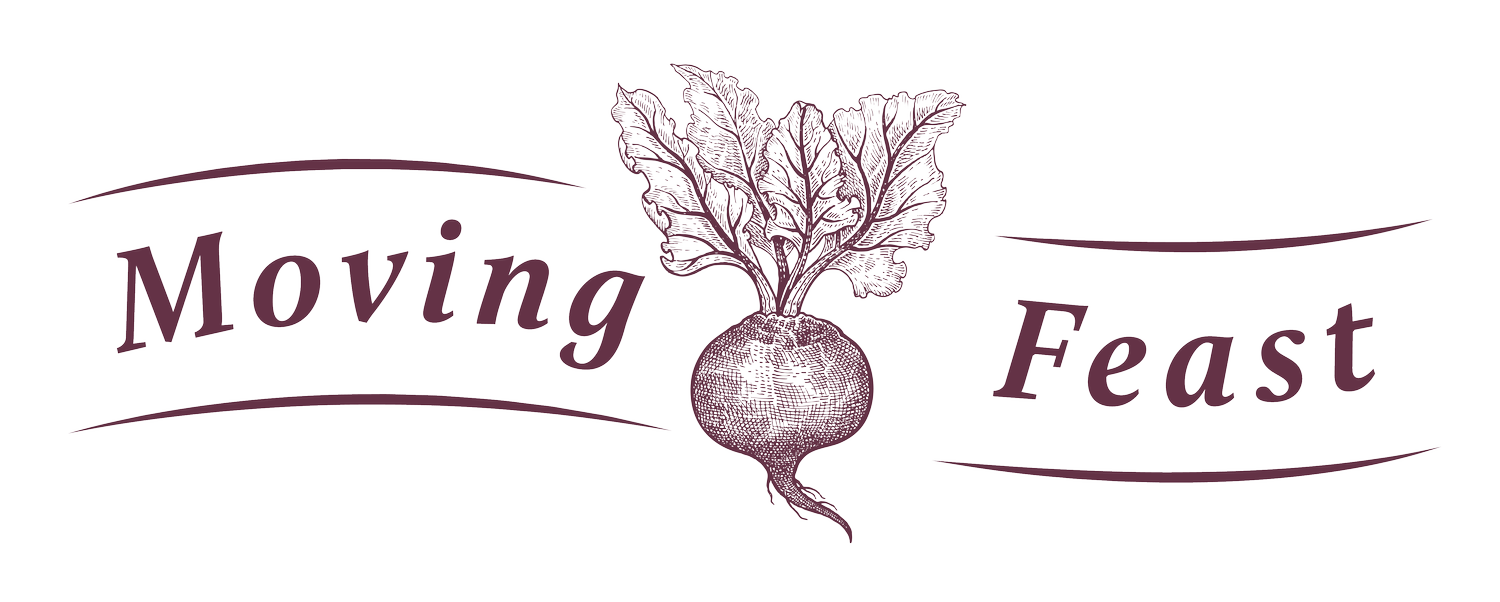Waste Audit at Queen Victoria Market
Since May, STREAT at the Moving Feast Kitchen have been working with Cultivating Community on the waste audit as part of the Crowd Sauce Project, where we have been mapping overripe and undersold produce at the Queen Victoria Market.
The Crowd Sauce Project is supported by the Victorian Government’s Circular Economy Business Support Fund as part of the Circular Economy Business Innovation Centre (CEBIC).
Attracting 10 million visitors annually, QVM generates more than 960 tonnes of organic waste on-site each year.
Though the market is committed to composting organics and reducing waste, this project aims to create new circular products and services by utilising the waste generated at QVM and surrounding organisations.
On market days a team from Cultivating Community audits the green FOGO (Food Organics Garden Organics) bins at The Queen Victoria Market by taking photographic evidence and writing a detailed report of what is being placed into the bins including weight and food categories.
This report includes a photo of each bin they audit, if it has been contaminated (any plastics or non-organic waste), the estimated weight and a short description of what the bin holds.
Cultivating Communities conducted this research for 3 months and accumulated a comprehensive understanding of the everyday green waste at Queen Victoria Market. Whilst this everyday waste is still being taken to compost – the data is informing the Crowd Sauce Project of what has the potential to be diverted (prior to going into the bins) and salvaged into long shelf-life products to then be sold to provide ongoing circularity at the market.
When starting this project, we could only guess what was being disposed of at the Queen Victoria Market. Was it carrots, was it onions, was it lettuce leaves? We weren’t sure what variety of waste could be salvaged, so it was imperative to conduct a waste audit to properly assess how the Moving Feast Kitchen could best use the green waste to mitigate the impact by rescuing the produce before they were put in the bin.
Since the inception of our 3 months mapping, the teams have audited 2162 bins and looked through 49.52 Tonnes of waste to review and analyse what was possible in terms of circularity.
The top produce found from the audits were cabbage leaves, lettuce leaves, cauliflower leaves, onion skins, tomatoes, and capsicum.
Meanwhile, Head Chef Chris Locke has been busy innovating in the kitchen and out in the market connecting with vendors, so when they have excess underripe or undersold produce, they can notify him for collection. So far, we have been able to repurpose 97% of the produce that has been handed over by the vendors.
Since the beginning of this project, vendors have been incredibly supportive and can see the value in diverting the waste.
During the first week, Chris was presented with an opportunity to take on a surplus of 300 kg of sweet potatoes. This has since been repurposed into 4 different Moving Feast products: Sweet Potato Shoyu, Sweet Potato XO Sauce, Sweet Potato Miso and Chicken Salt. See here for full Sweet Potato Study.
38 different long shelf-life products from overripe and undersold produce
Chris has since developed over 38 different long-shelf-life recipes to address this type of ‘waste’, employing methods such as pickling, fermenting, freezing, drying, and many other techniques to preserve produce.
Just a week ago Chris collected 147kg of mangoes and is now currently working on transforming the mangoes into hot sauce, vinegar and kombucha. For a detailed case study, find here.
“Our role at the Moving Feast kitchen is to show that food can still be desirable even after it has been discarded. The produce comes in many states, shapes and quantities - 97% of which is deemed fit for use. The world of flavour in that 97% takes us on a journey that brings joy to the makers and the consumers of food.
In addition to the act of rescue at this juncture in the supply chain, it is also a deeply held belief that the food we receive should be used in its entirety and to it’s full potential. This can mean using onion and garlic skins to make seasoning powders, fermenting fruit skins into kombucha or developing recipes to include the less commonly used anatomies such as the skins and seeds.”
Now that we have successfully completed our waste audit and gained a thorough understanding of what is being wasted at QVM we are beginning to imagine what the next steps will be and how this knowledge supports QVM in becoming waste-free.
NEXT STEPS
As we analyse the data collated via the waste audit and qualitative interviews, we hope to map out what day and time the vendors are most likely to be discarding overripe or undersold produce. If we can pinpoint this sort of information, then a more efficient operational process could be created.
Additionally, we hope to address the widespread use of plastic bags and plastic wrapping in the market. Our initial findings show that produce is bundled into plastic bags for a quick sale. We hope to map and explore innovative solutions to reduce the use of plastic at the market.






